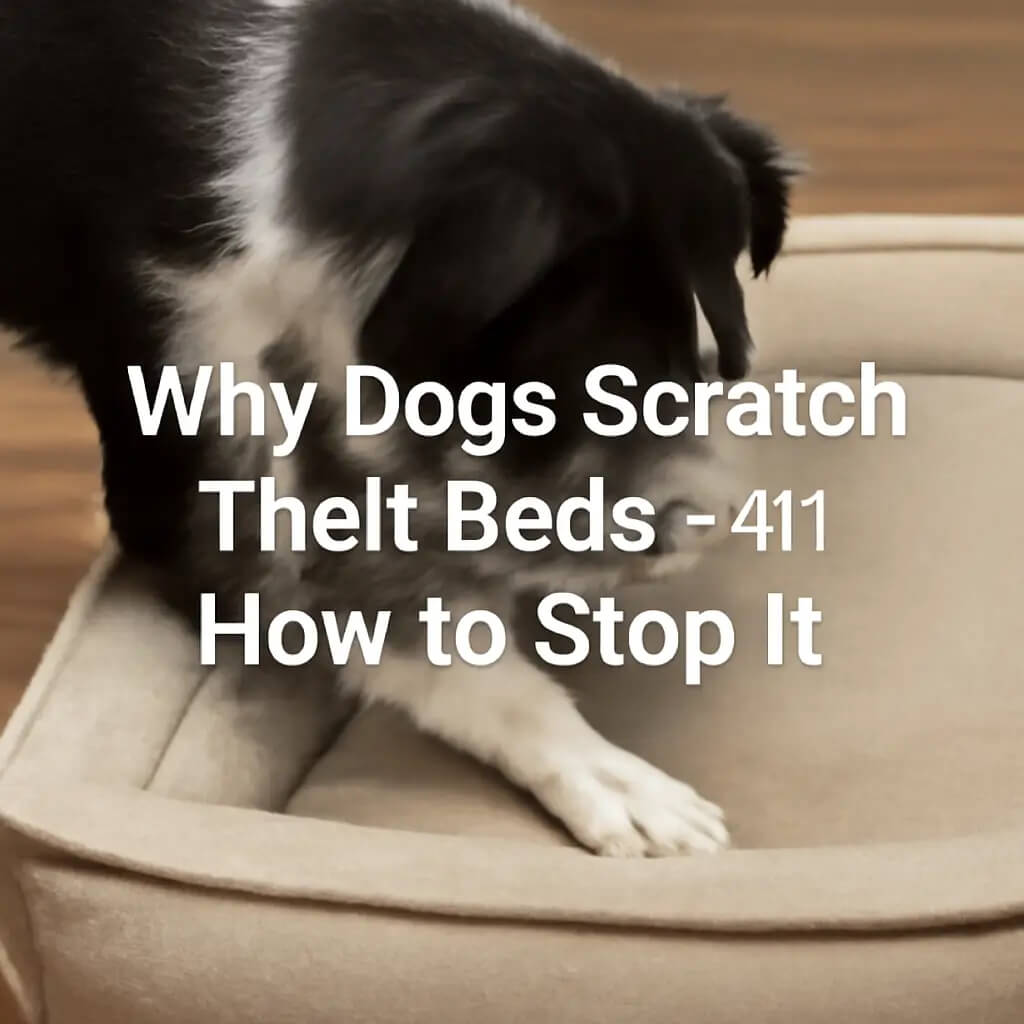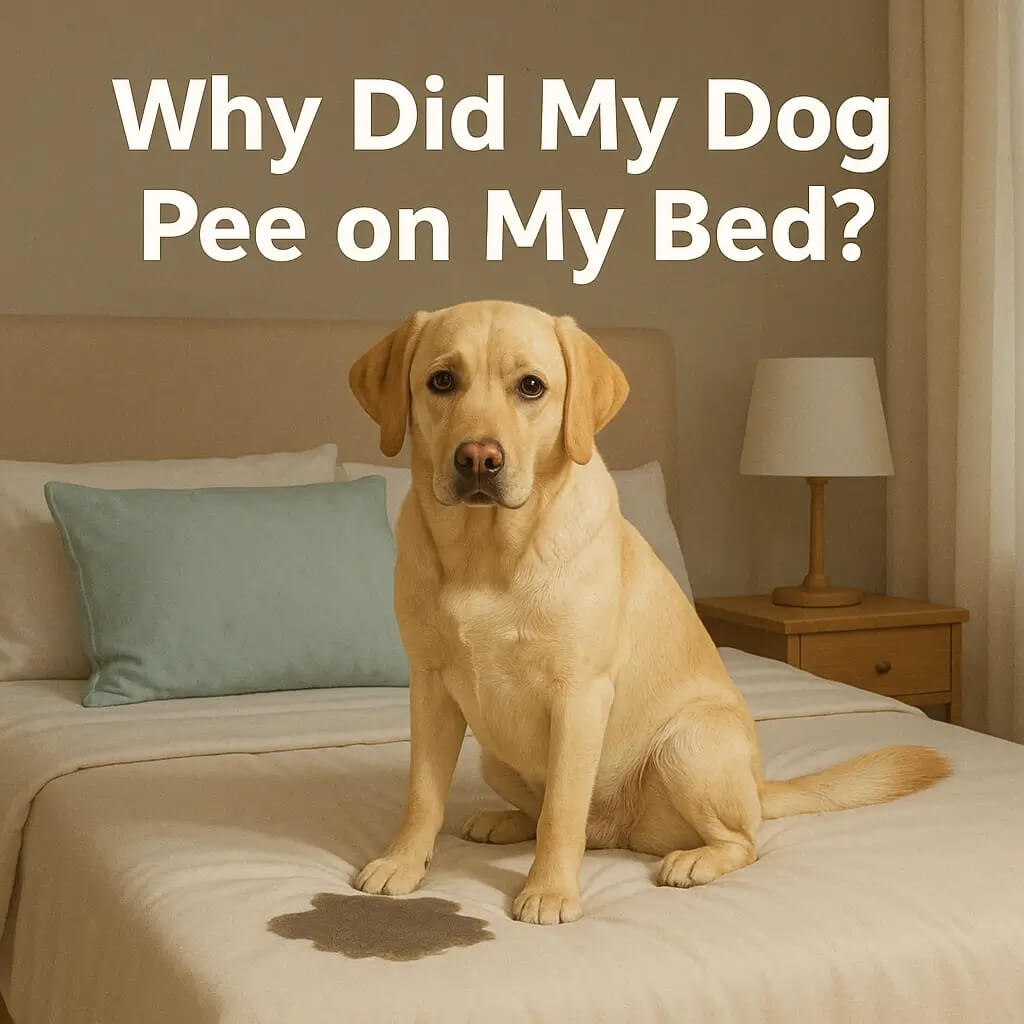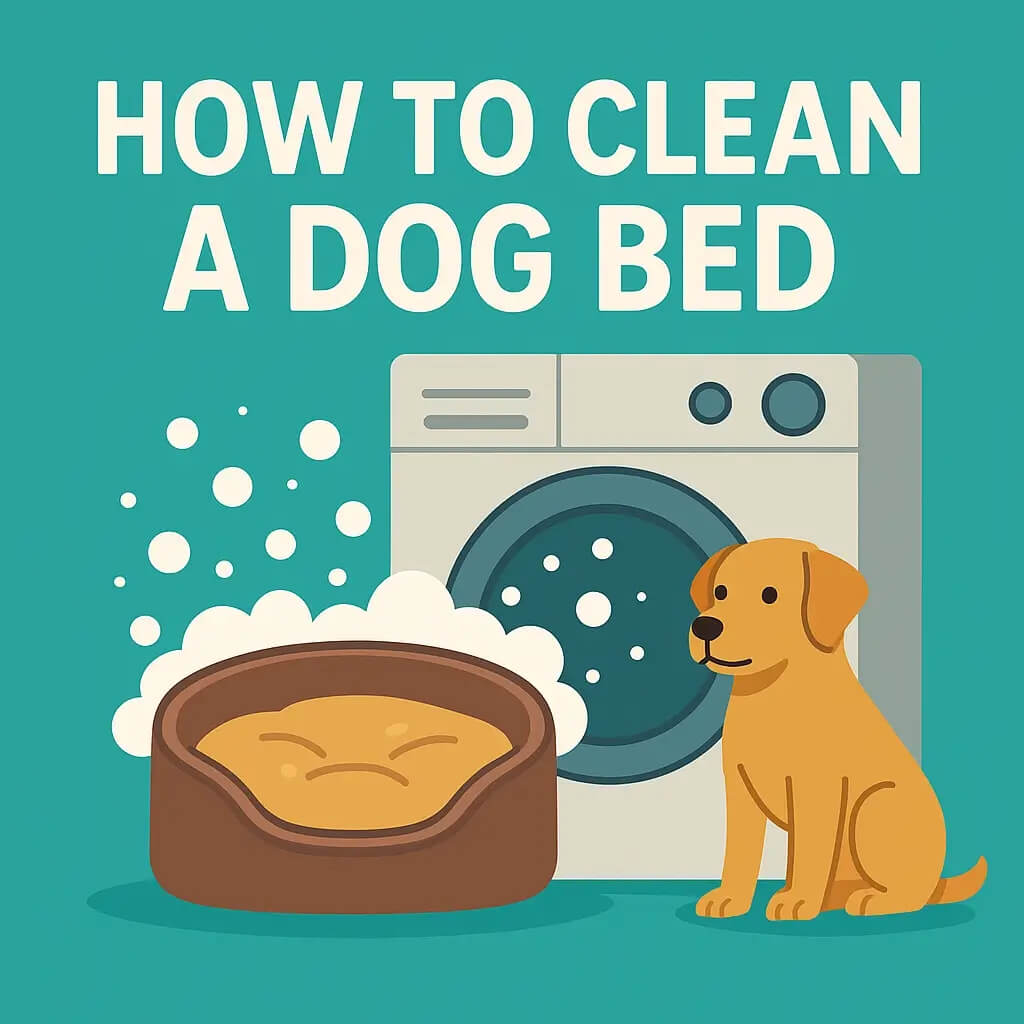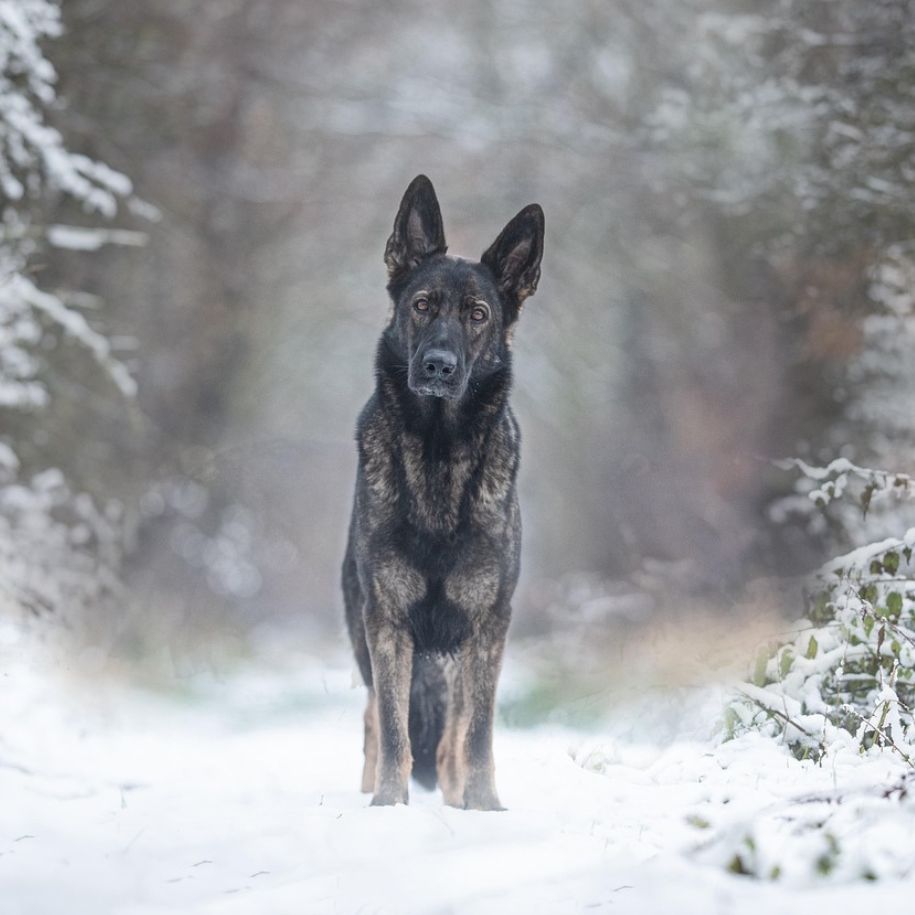Many dog owners love when their pup greets them with excitement, but a jumping dog can quickly become a problem. Most dogs jump because they want attention, whether you just arrived home, guests walk through the front door, or strangers stop on a walk. While it may seem harmless at first, a dog that jumps can knock over children, scare visitors, or even cause injury.
This guide will walk you through why dogs jump, what you should avoid doing, and proven methods to stop dog jumping.
Why Do Dogs Jump?
-
To get attention: Most dogs jump because they want your eye contact, touch, or voice. Even if you push or yell, the jumping dog sees it as attention.
-
Excitement: When a puppy or adult pet gets too excited, they may leap to greet people. The front door, when guests arrive, is the most common trigger.
-
Face to face greetings: Dogs greet other dogs nose-to-nose. Since humans stand tall, dogs jump to reach our face.
-
Learned habit: If dog owners or friends laugh, pet, or praise when a dog jumps, that rewards the behavior. Over time, the pup learns that four feet off the ground means success.
-
Lack of training: Without dog training, a pet never learns proper greetings. A jumping dog has not mastered sitting or learned that calm behavior gets rewards.
Other Reasons of Dogs Jump
Not all jumping behavior looks the same. To stop dog jumping effectively, it helps to understand why it’s happening.
-
Attention-seeking: Many dogs greet by jumping because it has worked before. The solution is to ignore the behavior and reward calm sits.
-
Excitement at the door: The sound of the doorbell or guests arriving can push excitement levels too high. Break down the situation—practice with the doorbell sound first, then gradually add people. Reward when the dog stays calm.
-
Adolescent energy: Puppies and young dogs often jump because of extra energy. The Tufts University shelter program calls these “jumpy/mouthy” dogs and recommends short training sessions and redirecting with treats tossed to the ground.
-
Stress or pain: If your dog suddenly starts jumping more or mixes it with growling or biting, check with your veterinarian. Behavior changes can signal health issues. Purdue University’s Veterinary Behavior Medicine Service explains that medical causes should always be ruled out before training alone.
By matching the solution to the cause, you’ll train your dog faster and avoid frustration.
Why Do Dogs Jump Up on People?
-
Guests and strangers: When house guests arrive, dogs greet with jumping because it’s the fastest way to get noticed.
-
Family and friends: A pup often greets family at the door with paws up when you arrive home from work or school.
-
Mixed signals: If some people allow a dog to jump but others don’t, the dog’s behavior becomes worse. Consistency is key to stop dog jumping.
-
Excitement overload: Dogs that lack control or enough daily exercise are more likely to bounce around the room or jump when they see people.
-
Examples of triggers: ringing doorbell, a knock at the door, children running in, or strangers trying to greet.
How to Stop a Dog from Jumping on People
-
Management techniques: Use a baby gate, leash, or crate to control the dog from jumping when guests arrive at the front door.
-
Teach your dog an alternative: Ask the dog to sit or stand with all four feet on the floor before they greet people. Reward with treats, toys, or praise.

-
Ignore unwanted behaviors: If the dog jumps, turn away, avoid eye contact, and wait for the paws to touch the ground. Then reward good behavior immediately.
-
Coach house guests: Tell visitors to ignore jumping and only pet when the dog stays calm. This makes training clear and consistent.
-
Keep greetings calm: Arrive home in a low key way. Do not hype up the pup. Instead, reward calm, polite greetings.
-
Use positive reinforcement: Praise, treats, and toys encourage the desired behavior and help prevent jumping long term.
How to Train a Dog Not to Jump
The best way to train your dog not to jump is to teach a clear alternative. Dog trainers often use the “Sit to Say Hi” method or “Four on the Floor.” Pick one cue and reward it consistently in all situations.
-
Foundation training: Spend a few minutes each day asking your dog to sit before meals, before going outside, or before getting toys. This builds the idea that sitting makes good things happen.
-
Practice greetings: When family or guests arrive, ask your dog to sit. Reward immediately if they stay seated. If they jump, ignore, reset, and try again.
-
Leash training: During walks, when strangers want to greet, step on the leash to limit upward movement and ask your dog to sit. Reward calm greetings with praise or treats.
-
Use management tools: If your dog struggles, use a baby gate, leash, or crate to prevent jumping until they are calm. The Humane Society notes that crates can be a safe, positive space when used correctly.
With consistent practice, your dog will connect rewards with calm behavior. Over time, your pup will greet people politely, and jumping will fade into the past.
What Not to Do When Training Your Dog
When trying to stop dog jumping, many dog owners make mistakes that actually encourage the behavior. The most common error is pushing or kneeing the dog away. While it may seem like it works in the moment, the dog still receives eye contact, touch, and attention—all of which reinforce the jumping behavior. According to the American Veterinary Society of Animal Behavior (AVSAB), punishment-based methods can increase fear and aggression instead of solving the problem.
Another mistake is yelling. To a dog, even negative words sound like engagement. That means a shouting match can make the jumping dog even more excited. Similarly, letting some people encourage the behavior while others correct it sends mixed signals. For example, if friends laugh when your pup jumps but you scold, the dog learns confusion, not control.
Instead of punishment, focus on management techniques and positive reinforcement. Ignore unwanted behaviors, then reward good behavior such as sitting or standing calmly with all four feet on the floor. This clear feedback helps the dog learn faster and prevents the situation from getting worse.
When to Get Professional Help
Most dogs can learn polite greetings at home with consistency. But some cases need expert guidance. If your dog’s behavior escalates into biting, mouthing, or knocking down people despite training, contact a certified dog trainer or veterinary behaviorist.
The American Veterinary Medical Association (AVMA) advises owners to seek professional support when safety becomes a concern or when unwanted behaviors don’t improve within a few weeks. Dog trainers can set up practice sessions with controlled greetings, while veterinary behaviorists can rule out anxiety or medical conditions that make training harder.
FAQs
Can dogs be trained not to jump?
Yes. Most dogs can learn polite greetings with consistent training. By teaching a sit or “four on the floor” behavior and rewarding calm greetings, dog owners can stop dog jumping in daily life.
How do you train your dog to stop jumping?
The key is to remove attention when the dog jumps and give treats or praise only when all four feet are on the ground. Using a leash, baby gate, or crate as management techniques can also help when guests arrive.
Do dogs grow out of jumping?
Not always. While puppies may settle with age, many dogs continue the habit if they get rewarded with eye contact or petting. Training is the best way to stop your dog’s unwanted behaviors and replace them with proper greetings.
What command do you use to stop a dog from jumping on you?
Most dog trainers recommend teaching a simple “Sit” command. When your dog sits calmly, reward immediately. Over time, the dog will learn that sitting brings attention while jumping makes attention disappear.
Conclusion
The most frequent unwanted canine behavior is jumping yet it becomes simple to resolve through proper training methods. The combination of understanding dog greeting behavior and positive reinforcement training and establishing household rules enables you to teach your dog to stop jumping.












